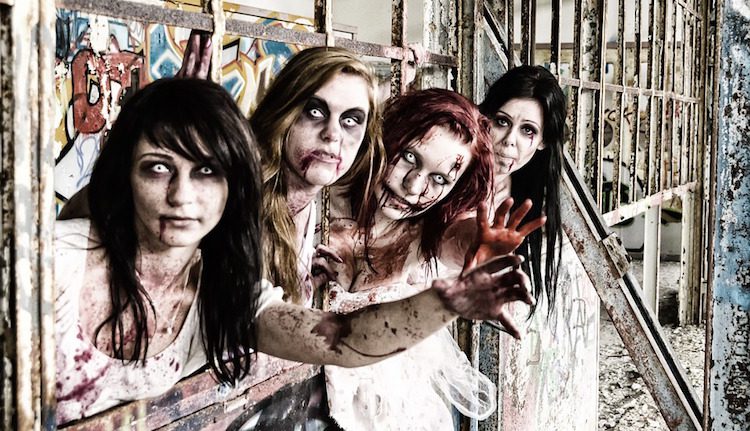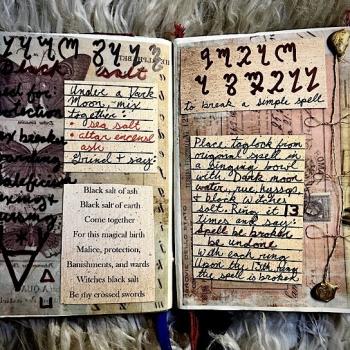Hearing the word zombie triggers images of green and grey undead figures with decaying flesh slowly limping forward, their hands outstretched and eyes rolled back into their empty heads. U.S. cinema and television is crowded with the faces of the undead, but those faces represent a modern appropriation of the struggle of Haitian slaves.
An article on Cracked.com explores five causes of a possible zombie apocalypse. The article lists brain parasites, neurotoxins, a supervirus, neurogenesis and the planting of nanorobots into human brains as possible causes of zombification.

Many modern zombie stories contain some type of pathogen or chemical outbreak, and the Center for Disease Control even has a Zombie Preparedness page online, which claims to have started out as a joke.
One can certainly hope so.
Still, it’s important to recognize that today’s zombie of science fiction has origins in the spiritual practices of ancient societies.
The folks of ancient Greece were among the first to place rocks and stones on the graves of the dead in an apparent attempt to keep them buried, according to History.com.
Christianity has also met the zombie, according to the same article, which mentions an example of bones growing flesh and reanimating themselves in the biblical book of Ezikel.
While many cultures have stories of the undead, the U.S. zombie archetype most likely originated from the stories and experiences of enslaved practitioners of voodoo.
According to the article, most modern practitioners of voodoo believe zombies are only a myth, while others think they’re revived dead brought back by a voodoo sorcerer known as a bokor.
“Bokors have a tradition of using herbs, shells, fish, animal parts, bones and other objects to create concoctions including ‘zombie powders,’ which contain tetrodotoxin, a deadly neurotoxin found in pufferfish and some other marine species.”
An article from Michigan State University’s anthropology department corroborates this claim, naming the fish powder as coup padre. This article claims that bokors would orally issue the powder to individuals who they deemed annoying or deserving of punishment, causing the chosen person to have mental confusion, difficulty walking, and even slip into a state of paralysis.
After slipping into the drug-induced coma, or after being ‘zombified,’ the person is presumed dead, buried alive and then raised from the dead to serve the bokor until the bokor dies.
The History article cites two examples of Haitian zombies documented in medical journals. One case from 1962 describes a man reappearing after being buried alive, dug up and enslaved for 18 years while members of his community presumed him dead.
This version of the zombie, the sorcerer’s soulless servant, evolved after the Haitian revolution. According to an article from the Atlantic, the first zombies were the lifeless souls of slaves trapped on sugar plantations, those who had taken their own lives to avoid further suffering, and therefore couldn’t make it to the promised afterlife in Africa.
The article continues to explain how U.S. culture has adopted and whitewashed the zombie, making a creature that once symbolized the eternal torture of racism and enslavement into a cultural phenomenon, a symbol of escapism and apocalyptic fallout, as opposed to a symbol of today’s racial oppressors like police brutality and the drug war.
Thus despite today’s narratives of brain-eating apocalyptic victims of chemical warfare, the original zombie is something much more sinister: a drugged soul trapped in an endless cycle of slave labor.

















